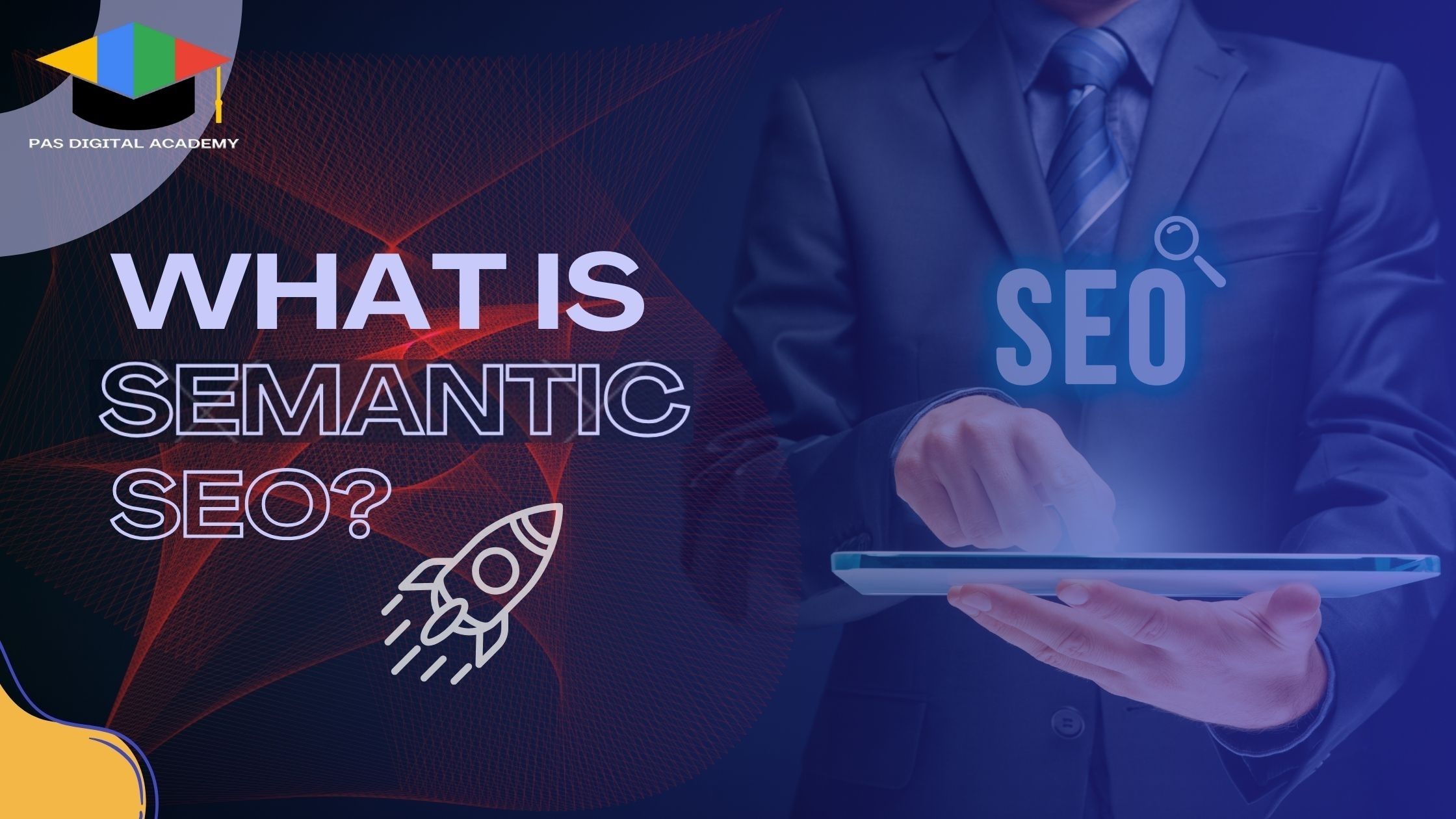

Digital marketing trends along with SEO are on a roll in 2023. Constant innovation and rapidly growing industry trends seems almost impossible to catch up.
(Wait! Did you know Google re-oriented Trends’ algorithm AGAIN???
Chilllllll! We’re kidding.
Continue reading.)
One of the key strategies that have gained prominence in recent years is Semantic SEO. If you’re wondering, “What is semantic SEO?” and why it’s vital for marketers in 2023, you’re in the right place. In this blog, we’ll explore the ins and outs of semantic SEO, its benefits, and how it differs from traditional SEO, all while providing insights into how to harness its power to achieve higher rankings.
Semantic SEO, often referred to as Latent Semantic Indexing (LSI) SEO, is an advanced approach to search engine optimization. Unlike conventional SEO, which primarily focuses on optimizing for specific keywords, semantic SEO is centered around understanding the intent and context behind user queries. It goes beyond the simple matching of keywords to provide users with more relevant and meaningful search results.
How to Write Semantic SEO Content?
Truly said, “Content is king.” Here are some essential tips on how to write semantic SEO content:
1. Understanding User Intent:
Foremost important aspect is to understand what users are looking for. Conduct thorough keyword research and analyze user search behavior to uncover the intent behind their queries.
2. Use Semantic Keywords:
Incorporate semantic keywords naturally within your content. These are words or phrases related to your primary keyword that provide additional context to search engines.
3. Create High-Quality Content:
Content quality matters. Write informative, engaging, and authoritative content that addresses user queries comprehensively. Avoid keyword stuffing and focus on delivering value.
4. Structure and Formatting:
Organize your content using headings, subheadings, and bullet points. This not only enhances readability but also helps search engines understand the content hierarchy.
Difference Between Semantic SEO and SEO
While both Semantic SEO and traditional SEO share the goal of improving online visibility, they differ in their approaches:
Semantic SEO:
– Focuses on user intent and context.
– Uses semantic keywords for better relevance.
– Offers more in-depth and comprehensive content.
– Enhances the overall search experience for users.
SEO:
– Primarily relies on specific keywords.
– Emphasizes keyword density.
– May have shorter, less informative content.
– Focuses on keyword rankings rather than user experience.
1. Improves Search Experience for Users:
Semantic SEO ensures that users receive more relevant and satisfying search results, leading to higher user satisfaction and retention.
2. Higher Rankings:
By providing valuable, contextually rich content, you’re more likely to rank higher in search engine results pages (SERPs).
3. Competitive Advantage:
It gives you an edge over competitors still relying solely on traditional SEO techniques.
4. Future-Proofing:
As search engines evolve, semantic SEO remains a robust strategy, adapting to changes in user behavior and search algorithms.
Ways to Use Semantic SEO for Higher Rankings
Here are effective strategies to leverage semantic Search Engine Optimization for improved rankings:
1. Conduct Semantic Keyword Research:
Use tools like latent semantic indexing (LSI) tools to identify relevant semantic keywords. Incorporate these naturally into your content.
2. Create Comprehensive Content:
Produce in-depth, well-researched content that thoroughly covers a topic. Address related questions and provide valuable insights.
3. Optimize Meta Tags:
Ensure your title tags and meta descriptions contain semantic keywords to increase click-through rates.
4. Implement Structured Data:
Use schema markup to provide search engines with additional context about your content.
5. Optimize for Voice Search:
As voice search becomes more prevalent, create content that answers natural language queries.
6. Monitor and Adapt:
Regularly review your content performance and adjust your strategy based on user feedback and search engine updates.
Conclusion
By understanding user intent, incorporating semantic keywords, and delivering high-quality, comprehensive content, you can enhance the search experience for users and achieve higher rankings. Embrace semantic SEO as a forward-looking strategy to stay competitive and future-proof your online presence.
To master the art of this, you can enroll in PAS Digital Academy’s “Advanced Digital Marketing Program”. This course includes website creation, social media marketing, SEO and everything you need to know to join the Digital Marketing industry in the upcoming years.